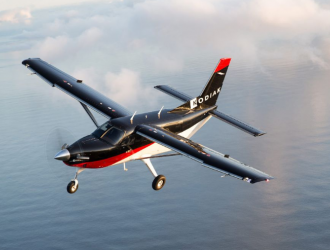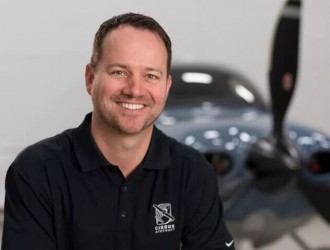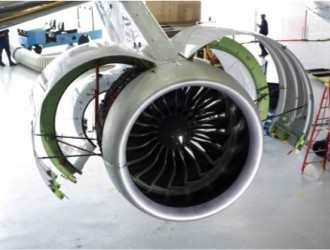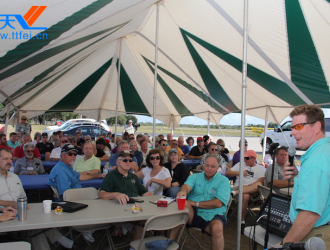Becoming a long-distance ferry pilot takes time and patience, but the rewards are many.
There are pilots who enjoy the long cross-country flight. I’m certainly in that category. I’ve flown my airplane from Florida to Maine to Seattle, San Diego and back, crisscrossing the country more than a dozen times. With that considered, Abingdon Welch has me beat by a long shot.

Welch, currently a regional airline first officer, cut her piloting teeth as a Pacific Ocean ferry pilot. What did she ferry? Imagine delivering light single-engine and piston-twin aircraft from the U.S. to Hawaii, Australia, Malaysia, China and Korea. Her longest flight was behind one engine for 18 hours nonstop over mostly ocean.
There are logistics, both personal and professional, involved to do the job safely. Yes, it does pay off — rather handsomely — if you are well-trained. Most ferry pilots are independent contractors and work for a set fee (day rate or mission rate) plus expenses.
To make a Pacific crossing, your typical light-piston aircraft has to be retrofitted with auxiliary fuel tanks placed in the cabin, right next to the pilot. There are simply no places to put down and fuel up. Smart ferry companies also retrofit systems to allow the pilot to add oil to the engine in flight. Managing those fluids is key to mission success — do it wrong and you’ll swim with the fish.





